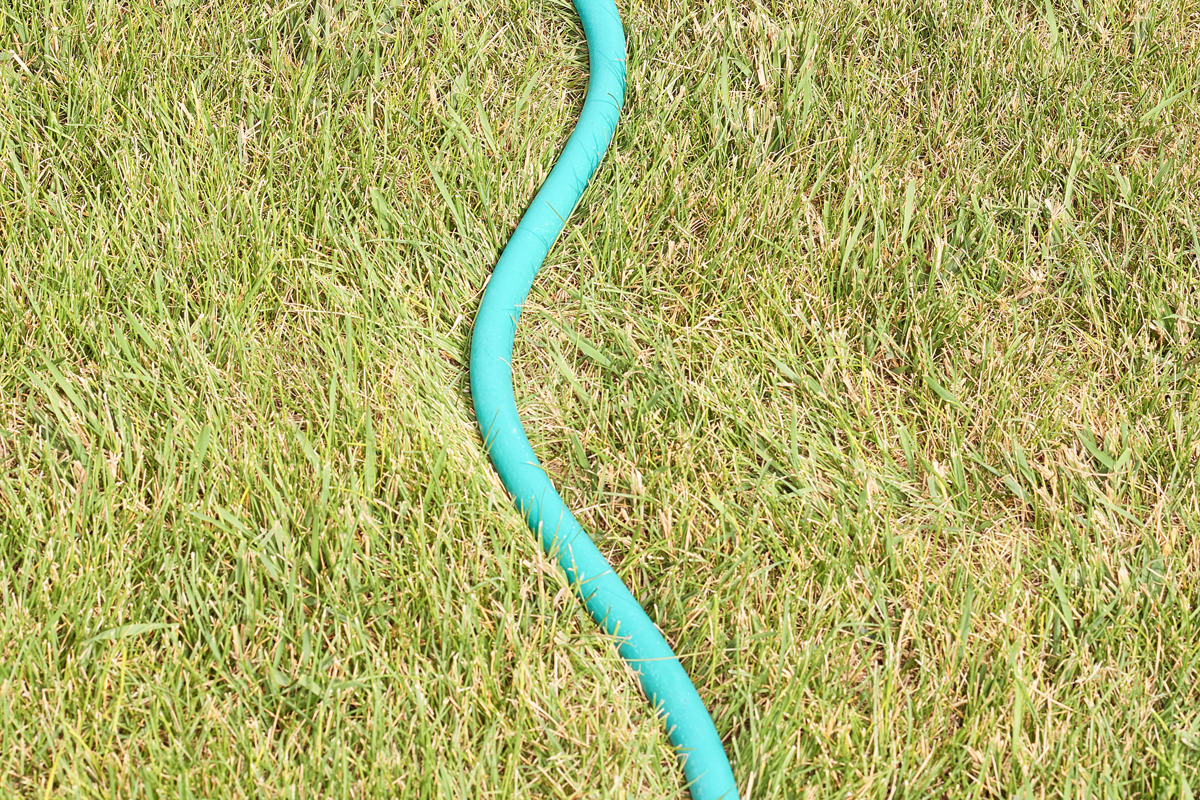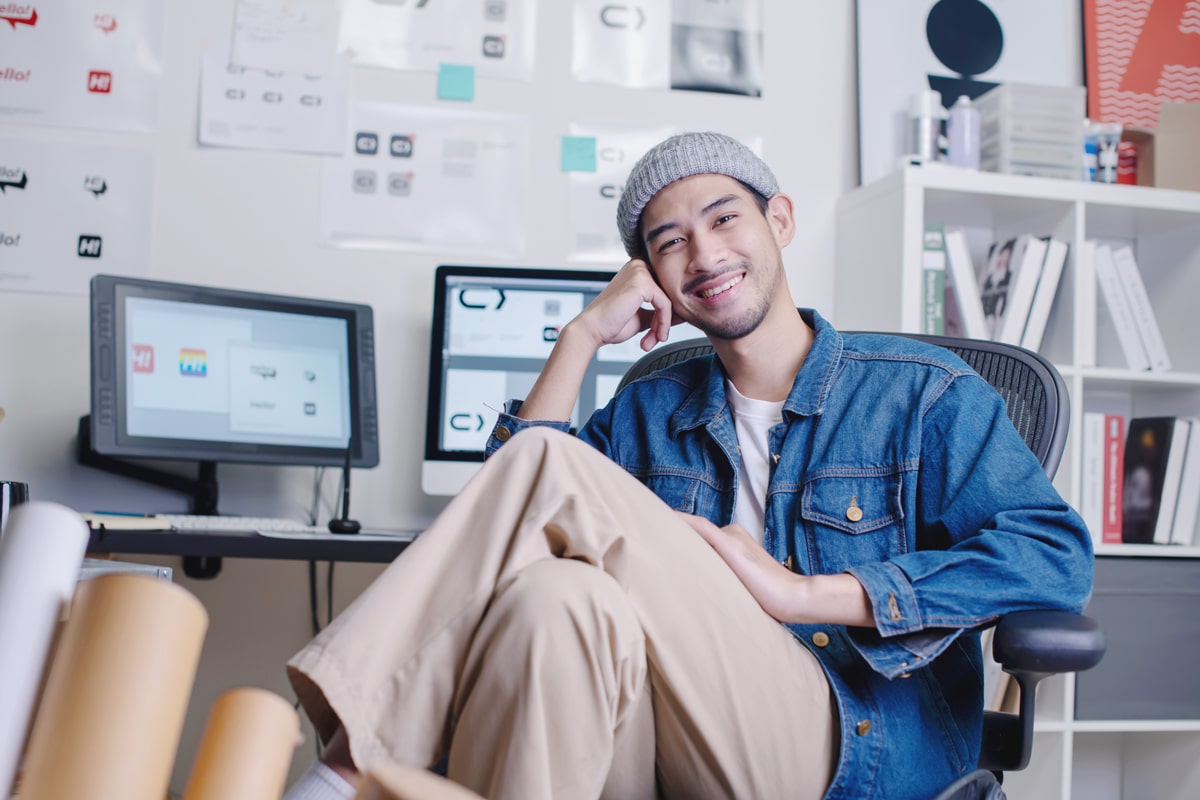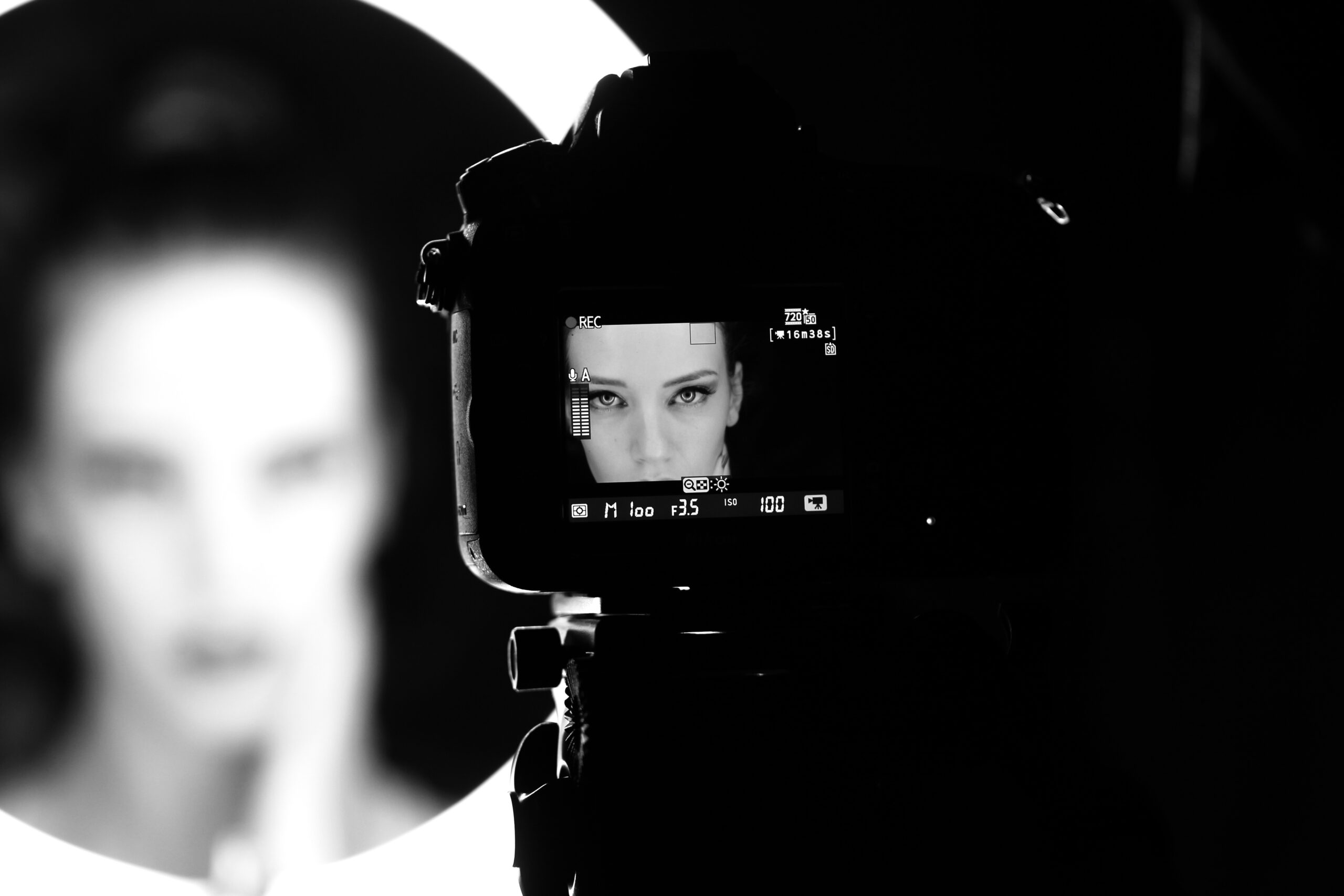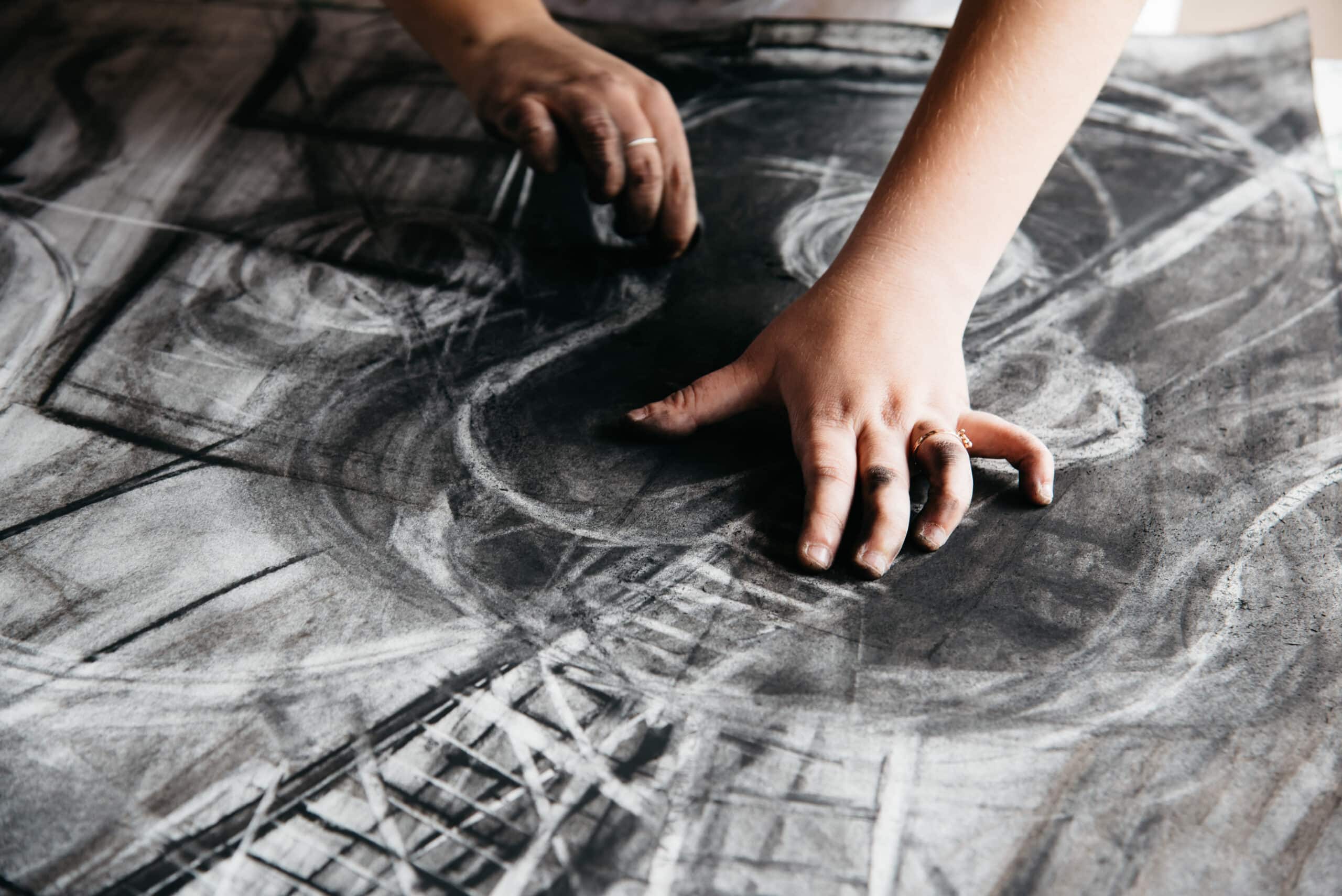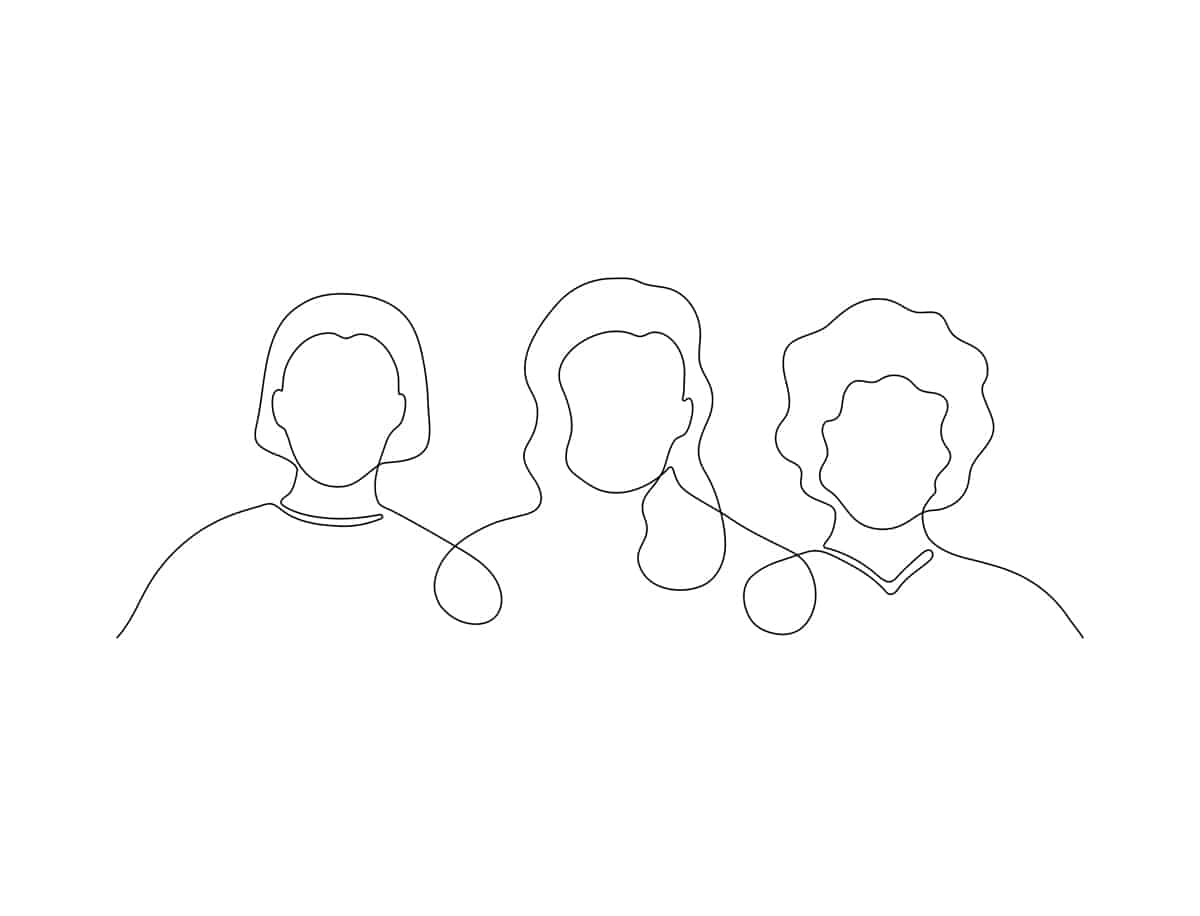Como fotógrafos y dueños de mascotas, sabemos que nuestros amigos peludos son algo más que animales. Son nuestros fieles compañeros, compañeros de juegos e incluso miembros de la familia. Con el auge de las redes sociales, la fotografía de mascotas se ha hecho cada vez más popular, ya que la gente quiere capturar cada momento con sus mascotas, desde sus bonitas poses hasta sus tontas travesuras.
Además, existen oportunidades para prestar servicios de fotografía comercial de mascotas a marcas relacionadas, como seguros médicos para mascotas, alimentos, juguetes y otros. En este artículo, compartiremos 29 consejos esenciales para dominar la fotografía de mascotas y captar imágenes impresionantes de los amigos de cuatro patas de tus clientes.
Preparación de la sesión de fotos
1. Consejos para elegir el lugar
Uno de los primeros pasos para hacer buenas fotos de mascotas es elegir el lugar adecuado. Al elegir un lugar, ten en cuenta el fondo, si es interior o exterior, y la iluminación natural. Por ejemplo, un fondo neutro en un estudio puede ayudar a que la mascota destaque. Si vas a hacer fotos en el exterior, asegúrate de que el lugar es seguro para el animal que vas a fotografiar, y ten en cuenta la hora del día y la luz disponible.
2. Aseo
El acicalamiento también es un paso esencial para que los animales salgan lo mejor posible en las fotos. Pide a los clientes que bañen y/o cepillen a sus mascotas para ayudarles a eliminar el pelo suelto y los nudos antiestéticos; otra opción es recomendarles algunas peluquerías de mascotas favoritas. Además, unas uñas recién cortadas pueden ayudar a evitar arañazos durante la sesión. Por último, cuando sea apropiado para el cliente, ponerle un bonito collar, un pañuelo u otro accesorio puede añadir un toque extra de personalidad a tus imágenes.
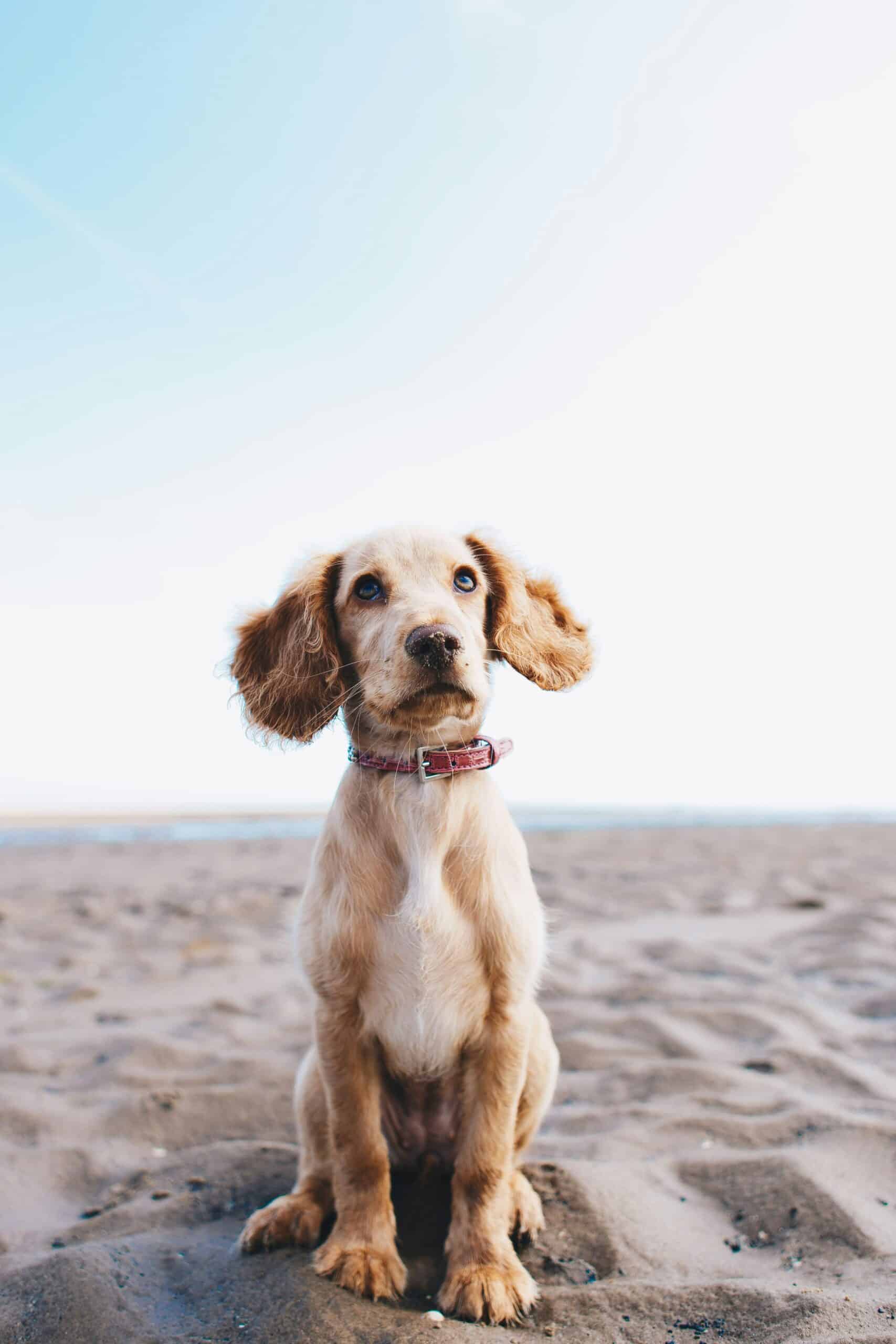
3. Equipo fotográfico esencial para mascotas
Aunque es cierto que puedes capturar magníficas fotos de mascotas con un smartphone, invertir en una cámara y un objetivo de calidad puede suponer una diferencia significativa en el producto final, sobre todo si deseas centrarte en el trabajo comercial frente al retrato estándar de mascotas. Una cámara con un sistema de enfoque automático rápido y un modo de ráfaga es ideal para captar fotos de acción. Práctico, pero no absolutamente necesario; un trípode puede ayudar a estabilizar tu cámara para obtener imágenes nítidas, mientras que los reflectores y el equipo de iluminación pueden ayudarte a conseguir la iluminación perfecta.
4. Crea un concepto y una lista de tomas
Las fotos de animales más atractivas los muestran en su contexto, o destacan realmente la personalidad del animal. Por ejemplo, puedes mostrar el deseo a través de la foto de un gato que mira a su dueño abriendo una bolsa de comida en la cocina, o la añoranza de un perro que espera junto a la puerta de entrada a que su dueño vuelva a casa, o la conexión entre un caballo y su dueño mientras usan el cepillo de curry. Si puedes decir algo a través de tus imágenes, conectarás con tus espectadores a un nivel más profundo.
Ajustes y técnicas de cámara
5. Comprender la apertura, la velocidad de obturación y el ISO
Entender la relación entre apertura, velocidad de obturación e ISO es clave para hacer buenas fotos de mascotas. Por ejemplo, un diafragma amplio (número f-top bajo) puede crear una profundidad de campo reducida, lo que puede ayudar a que la mascota destaque sobre un fondo desenfocado. Busca un diafragma que ayude a la cámara a enfocar desde la punta de la nariz de la mascota hasta sus orejas. Además, utilizar una velocidad de obturación rápida puede ayudar a congelar cualquier acción, como un perro corriendo o un gato saltando.
6. Enfoque automático vs. enfoque manual
Utilizar el enfoque automático es cómodo, pero a veces sólo capta el punto de enfoque deseado. En cambio, utilizar el enfoque manual puede ayudarte a conseguir imágenes más nítidas y precisas. Considera la posibilidad de utilizar el enfoque manual cuando la mascota esté inmóvil o cuando quieras enfocar una parte concreta de su cuerpo, como los ojos. Un término medio para ambos es utilizar la prioridad de apertura para ayudar a acelerar el proceso de disparo.
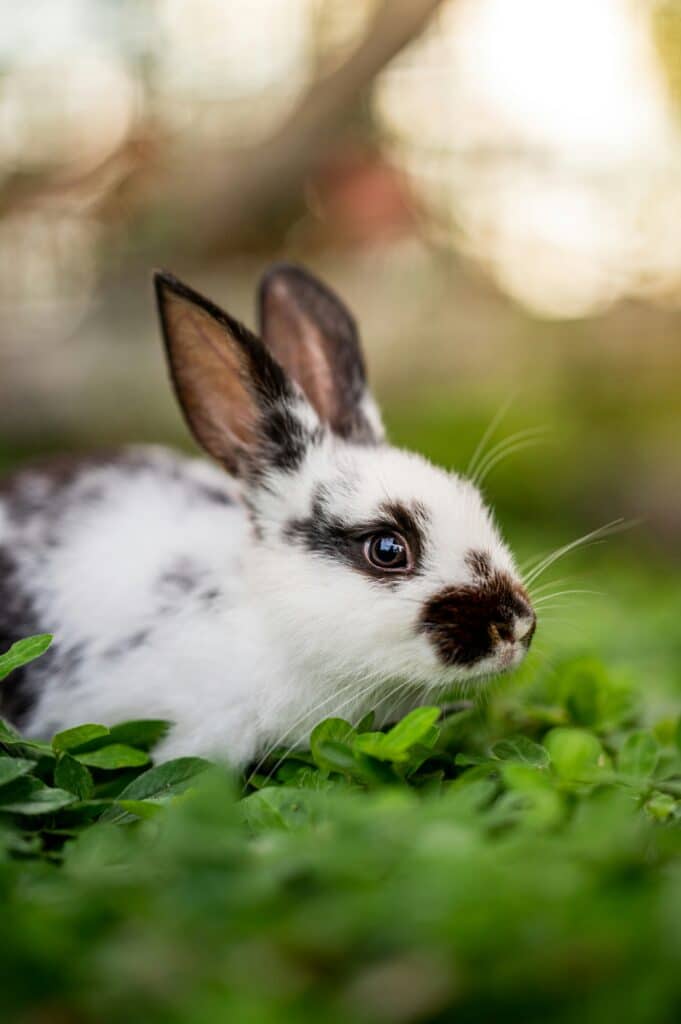
7. Consejos para utilizar eficazmente la luz natural
La luz natural puede producir bellas imágenes, pero también puede ser difícil trabajar con ella. Cuando fotografíes en exteriores, evita el sol inclemente del mediodía siempre que sea posible y utiliza la sombra abierta cuando tengas que fotografiar durante las horas centrales del día. Si puedes, busca las primeras horas de la mañana o las últimas de la tarde, cuando la luz es más suave y está más baja en el cielo. Durante esas horas, el sol crea una atmósfera brumosa y dorada que permite el contraluz, mayores zonas de sombra abierta y una luz más suave y directa cuando el sujeto está orientado hacia el sol. Cuando fotografíes en interiores, coloca a la mascota cerca de una ventana para captar la luz natural. Utilizar un reflector puede ayudar a rebotar la luz sobre la cara del animal, reduciendo las sombras duras.
8. Utilizar la velocidad de obturación adecuada para captar fotos de acción
Si la mascota de tu cliente es especialmente activa, deberás utilizar una velocidad de obturación rápida para congelar su movimiento. Una buena regla general es utilizar una velocidad de obturación de al menos 1/250 de segundo para la mayoría de las mascotas. Si fotografías a un animal que se mueve especialmente rápido, como un pájaro o un caballo, puede que necesites una velocidad de obturación aún mayor. Utilizar el modo ráfaga puede ayudarte a capturar varias imágenes en rápida sucesión, aumentando las posibilidades de captar la toma perfecta.
9. Elegir el objetivo adecuado para fotografiar mascotas
El objetivo adecuado puede marcar una gran diferencia en tu fotografía de mascotas. Un objetivo de focal fija con una abertura amplia (como f/1,8) puede crear un bonito efecto bokeh y desenfocar el fondo, mientras que un objetivo zoom puede ayudarte a acercarte al animal sin acercarte realmente. Un objetivo macro puede ayudar a captar detalles finos, como los ojos o el pelaje de la mascota. Las cortas distancias focales de los objetivos gran angular crean una composición amplia. Esto puede ayudar a crear fotos divertidas e inusuales; experimenta con distintos objetivos para encontrar el que mejor se adapte a ti.
10. Conseguir la profundidad de campo perfecta
La profundidad de campo se refiere al rango de distancia en la imagen que aparece aceptablemente nítida. Una profundidad de campo superficial puede utilizarse para desenfocar el fondo y crear un aspecto suave y de ensueño, mientras que una profundidad de campo profunda puede utilizarse para mantener todo enfocado. Experimenta con distintas aperturas para conseguir la profundidad de campo perfecta para tu fotografía de mascotas.
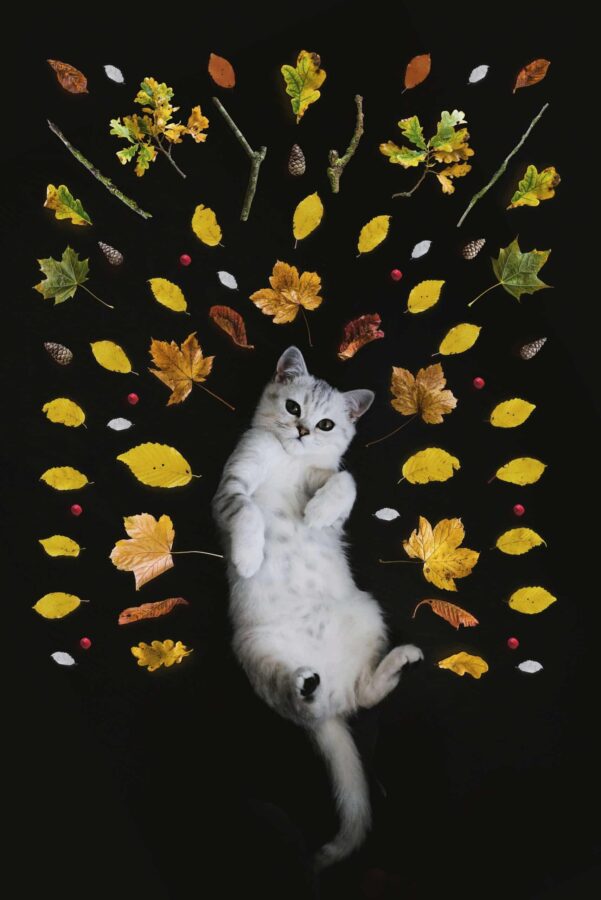
Composición y encuadre
Composición es otro aspecto importante de la fotografía de mascotas. Tener en cuenta la composición es lo que puede convertir una buena foto en una gran foto. Aquí tienes algunos consejos que te ayudarán a encuadrar tus tomas con eficacia:
11. Importancia de la composición en la fotografía de mascotas
Una buena composición es clave para crear un retrato de mascota que llame la atención. El objetivo de los principios de composición es destacar las partes de la imagen en las que quieres que se fije el espectador, y crear una sensación general de equilibrio cuando mire la imagen. Puedes conseguirlo cambiando el ángulo para fotografiar desde el otro lado o desde debajo de la mascota, en lugar de desde arriba, o teniendo en cuenta la regla de los tercios o las líneas principales al encuadrar la toma. Estos consejos pueden crear una foto más equilibrada, impactante o visualmente interesante.
12. Regla de los tercios
La regla de los tercios es un principio fundamental en fotografía. Imagina que la imagen se divide en nueve partes iguales con dos líneas verticales y dos horizontales. La regla sugiere que los elementos importantes de la foto deben situarse a lo largo de estas líneas o de sus intersecciones.
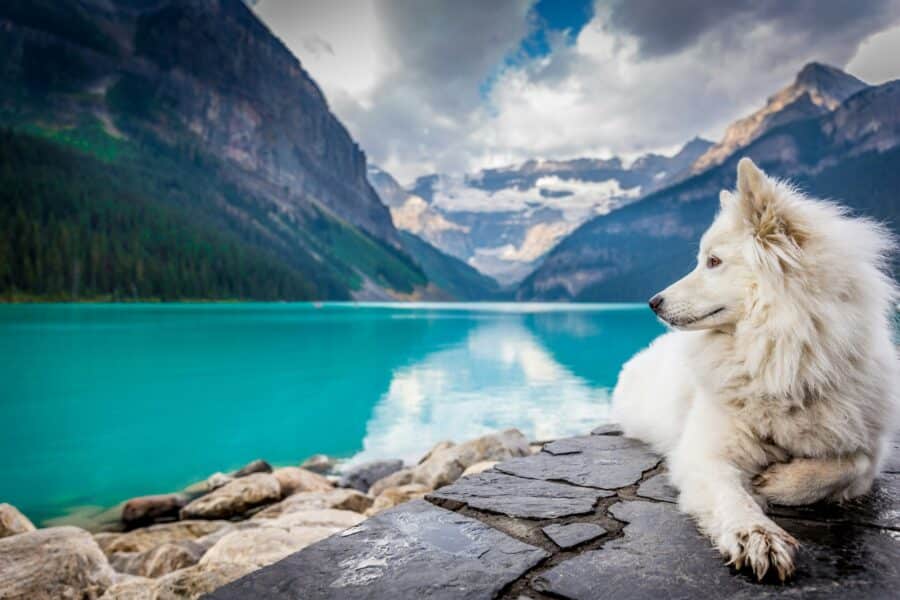
13. Utilizar líneas y patrones principales
Las líneas guía son líneas que atraen la mirada del espectador hacia la foto. Pueden utilizarse para guiar la mirada del espectador hacia tu mascota, por ejemplo, utilizando un camino o una valla para guiar la mirada del espectador hacia tu mascota.
14. Utilizar la técnica de la panorámica
Si te gustan las fotos abstractas, disfrutarás con la técnica del barrido al fotografiar mascotas. Este enfoque creativo se utiliza para enfatizar los movimientos y crear texturas. Para ejecutar este método con éxito, conoce hacia dónde correrá tu mascota y mueve la cámara en la misma dirección. A continuación, pulsa el obturador para capturar la toma. Intenta dominar esta técnica antes de la sesión de fotos. Puedes practicar intentando captar imágenes de coches en movimiento o animales salvajes.
15. Rellenar el marco
Para crear una foto de mascota más impactante, considera la posibilidad de llenar el encuadre con tu sujeto. Esto puede ayudar a crear una conexión más fuerte entre el espectador y tu mascota, y llamar la atención sobre sus rasgos únicos. No todas las fotos de perros tienen que hacerse al aire libre. Si eliges la fotografía de estudio, utilizar un fondo negro liso u otro color sólido hará que la mascota de tu cliente sea el centro de atención. Creará sensación de profundidad y hará que tus imágenes parezcan impresiones artísticas profesionales.
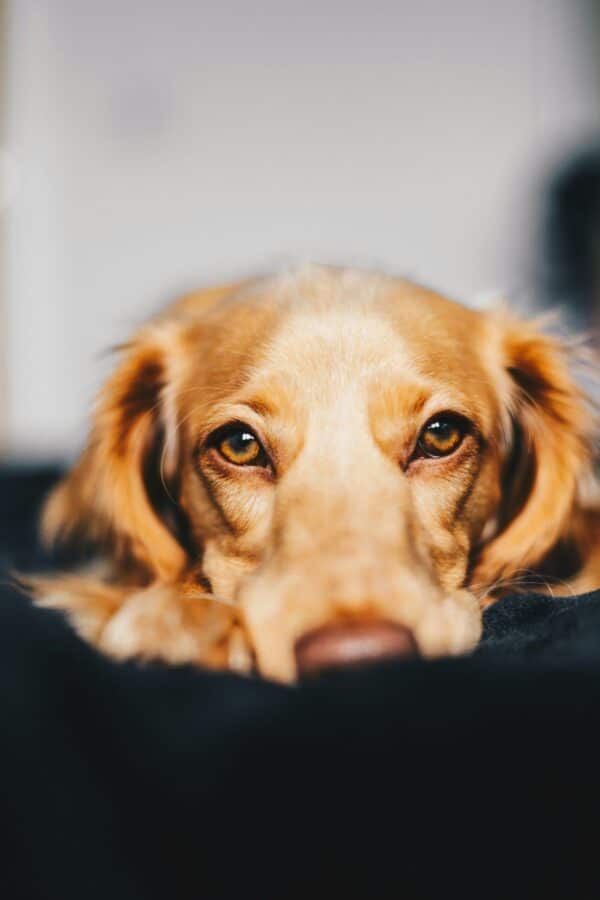
16. Concéntrate en los ojos
Al igual que los retratos humanos, las fotos emotivas de mascotas, especialmente las protagonizadas por perros, se centran en los ojos. Puedes centrarte en los ojos para crear profundidad en la imagen, resaltar un color de ojos inusual o crear una sensación de familiaridad. Utilizar un diafragma amplio (f2,8 o inferior) puede ayudar a potenciar esa sensación de familiaridad y profundidad. Una recomendación general es captar las imágenes emotivas al final de la sesión. Es entonces cuando muchas mascotas han agotado toda su energía y están listas para relajarse.
Captar la personalidad de la mascota
17. Haz que se sientan cómodos
Si tu mascota está en un entorno nuevo, ya sea un estudio o un apartamento, asegúrate de que se siente cómoda con su entorno. No puedes meter prisa a la mascota, así que asegúrate de planificarlo. Pueden pasar entre 30 y 40 minutos antes de que se sienta cómoda. También puedes añadir tu flash a la mezcla una vez que la mascota esté cómoda. Un truco sería darle una golosina cada vez que se dispare el flash. Así, la mascota asociará el flash con las golosinas.
18. Tiempo y paciencia
Cuando se trata de fotografiar mascotas, el momento oportuno lo es todo. Prepárate para hacer muchas fotos para captar la toma perfecta. Utiliza el modo de disparo continuo para aumentar tus posibilidades de conseguir ese momento perfecto. La paciencia también es clave, sobre todo si trabajas con una mascota nerviosa o poco colaboradora. Tómate descansos y dale al animal tiempo suficiente para que se relaje y se sienta cómodo.
19. Fomentar y captar las expresiones naturales
La clave para captar la personalidad de una mascota es dejar que sea ella misma. Fomenta su comportamiento natural jugando con ellos, haciendo ruidos o utilizando juguetes; si pides ayuda al dueño de la mascota o cuentas con un ayudante, tendrás las manos libres para captar el momento. Observa al sujeto e incluye sus puntos fuertes para obtener las fotos más naturales. Captar momentos sinceros dará lugar a fotos más auténticas y memorables. Intenta evitar hacer ruidos fuertes o movimientos bruscos que puedan asustarles.
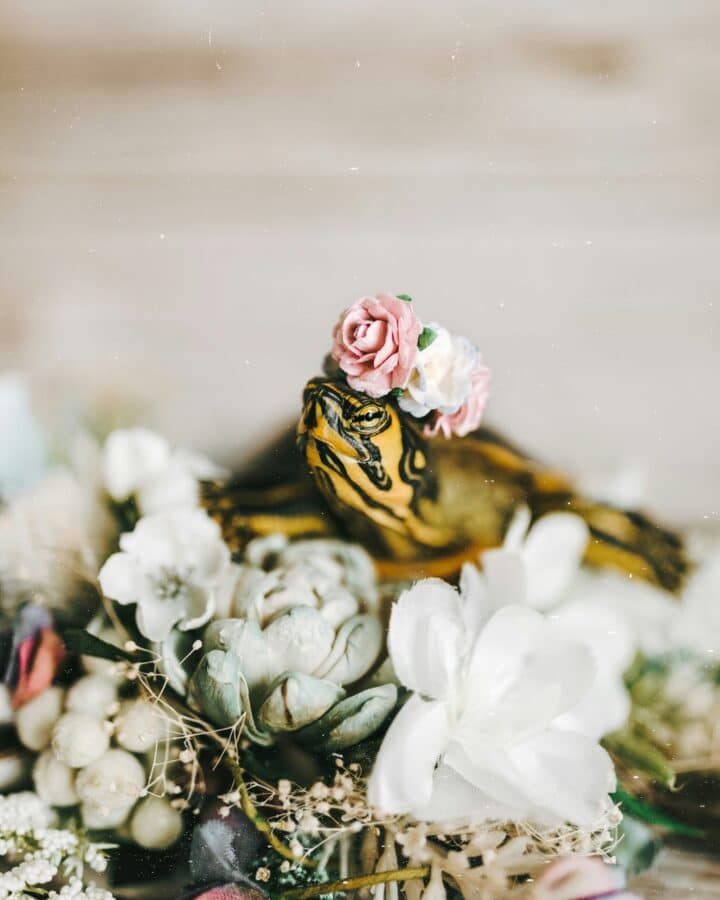
20. Consejos para fotografiar distintos tipos de mascotas
Cuando fotografíes perros, captúralos a la altura de sus ojos para crear una imagen más personal y atractiva. En el caso de los gatos, céntrate en sus ojos para captar su personalidad única. Para los pájaros, ten paciencia y deja que se acostumbren a tu cámara antes de empezar a hacer fotos. Cada mascota tiene sus propias peculiaridades, así que tómate tu tiempo para comprender su personalidad y utilizarla para crear bellas imágenes.
21. Captar el vínculo entre las mascotas y sus dueños
El vínculo entre una mascota y su dueño es especial, y plasmarlo en una fotografía garantiza un cliente feliz. Intenta incluir al dueño en la foto con su mascota, mostrando el amor y la conexión que hay entre ellos. Intenta captar interacciones naturales entre ambos, como acurrucarse o jugar. Además, asegúrate de prestar atención al lenguaje corporal de la mascota, ya que puede contar una historia sobre su relación con el dueño.
22. Atrezzo divertido e ideas creativas
Incorporar accesorios divertidos e ideas creativas puede añadir un elemento único a tus fotografías de mascotas. Recuerda que nunca debes vestir a tu mascota con nada que pueda resultar inseguro o incómodo para ella. Considera la posibilidad de utilizar un fondo colorido o incorporar accesorios divertidos, como sombreros, pajaritas o una camisa hawaiana. También puedes experimentar con ideas creativas, como disfrazar a tu mascota, crear una sesión de fotos temática o utilizar distintos ángulos o técnicas de encuadre para crear una imagen dinámica. Hagas lo que hagas, asegúrate de tener en cuenta la seguridad y comodidad de tu mascota cuando utilices atrezzo y disfraces, y deja que la mascota de tu cliente sea la estrella de la foto.
23. Utiliza diferentes sonidos para llamar la atención
Utiliza distintos sonidos o crea ruidos para captar la atención de la mascota. Puede ser un silbato en la boca o la llamada de un animal. No abuses del ruido, ya que basta con un ruido rápido para llamar su atención. Esto tiene más éxito cuando el fotógrafo o su ayudante son los únicos que hacen ruidos. Si hay mucha gente en la habitación intentando llamar la atención de la mascota, puede confundirla y estresarla.
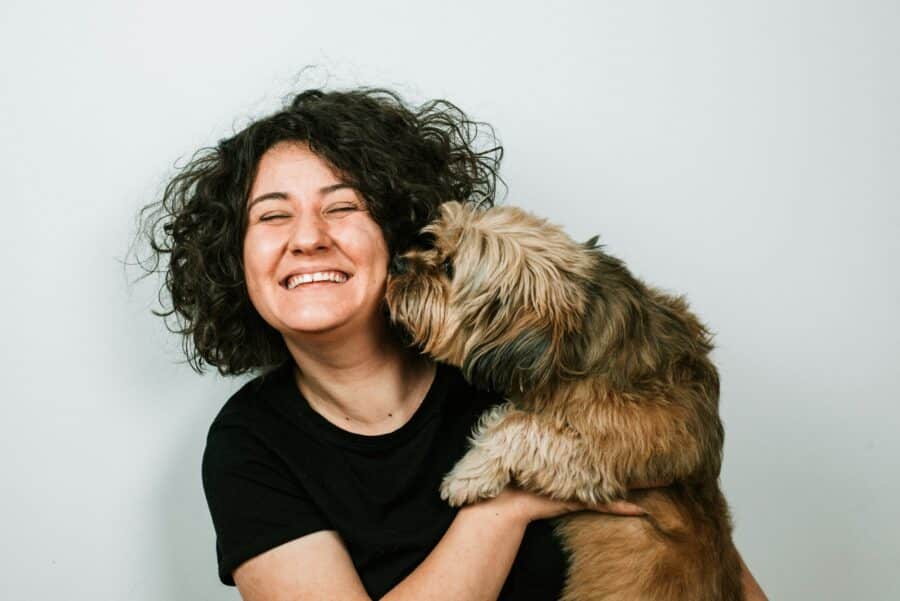
Consejos de postprocesado
24. Recomendaciones de software de edición
Existen muchas opciones de software de edición que puedes utilizar, desde programas gratuitos como GIMP hasta programas profesionales como Adobe Photoshop o Lightroom. Elige un programa que se adapte a tus necesidades y a tu nivel de habilidad. Si estás empezando, hay muchos tutoriales y clases en línea que te ayudarán a aprender lo básico.
25. Edición básica (Exposición, Balance de blancos, Recorte)
Las ediciones básicas, como ajustar la exposición, el balance de blancos y el recorte, pueden marcar una gran diferencia en las fotos de mascotas. Utiliza los ajustes de exposición para corregir las imágenes subexpuestas o sobreexpuestas. Ajusta el balance de blancos para corregir cualquier dominante de color en tus fotos. El recorte o las herramientas de Relleno pueden utilizarse para eliminar distracciones no deseadas o para crear una composición más dinámica.
26. Mejorar los ojos de tu mascota
Los ojos suelen ser el punto focal de una foto de mascotas, y realzarlos puede marcar una gran diferencia. Utiliza la herramienta de desenfoque para aclarar los ojos y la herramienta de quemado para oscurecer los reflejos que distraigan. También puedes utilizar la herramienta de enfoque para resaltar los detalles de los ojos.
27. Retoque de pieles
Retocar el pelaje puede ser un reto, pero es importante eliminar cualquier elemento que distraiga la atención o cualquier mancha. Utiliza el tampón de clonar o el pincel corrector para eliminar los objetos no deseados o suavizar las asperezas. Ten cuidado de no exagerar, ya que quieres mantener el aspecto natural de la mascota de tu cliente.
28. Utilizar filtros y preajustes
Puedes utilizar filtros y preajustes para dar un toque creativo a tus fotos. Hay muchas opciones disponibles, desde aspectos de película vintage hasta efectos atrevidos y coloridos. Utilízalos con moderación y asegúrate de que realzan la imagen en lugar de distraer de ella.
29. 29. Guardar y exportar archivos para distintos fines (impresión, redes sociales, etc.)
Ten en cuenta la finalidad de tu foto al guardar y exportar tus archivos. Por ejemplo, guarda tu foto en un formato de alta resolución si piensas imprimirla. Si piensas publicarla en las redes sociales, considera la posibilidad de cambiar el tamaño de la imagen para que cumpla los requisitos específicos de la plataforma. De este modo, te asegurarás de que tu foto tenga el mejor aspecto, independientemente del uso que se le vaya a dar.
No es ningún secreto que el dominio de la fotografía de mascotas requiere mucha práctica. Cuanto más tiempo pases con las mascotas y más las fotografíes, mejor entenderás cómo trabajar con ellas.





